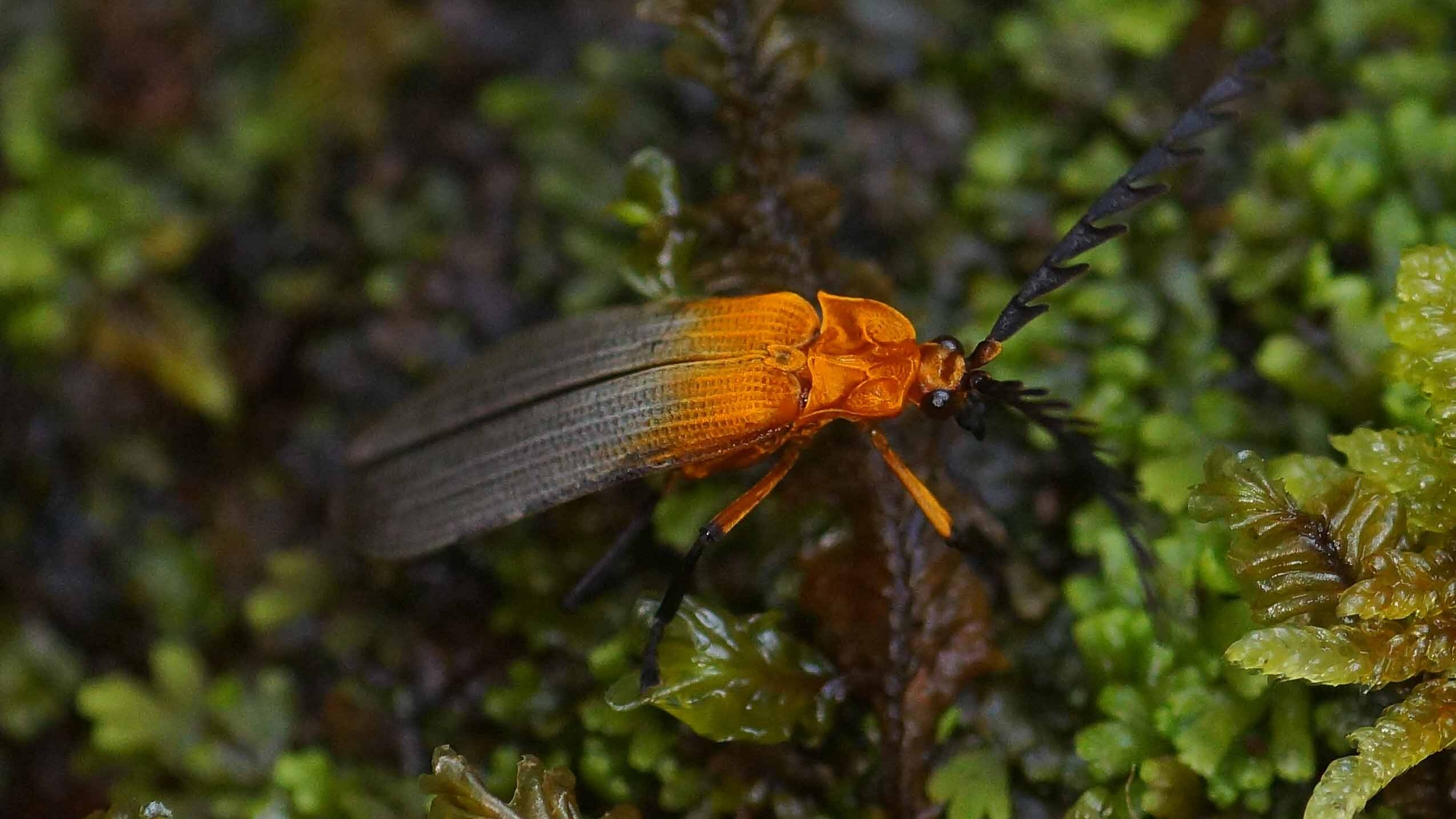New findings on the evolution of mimicry of tropical beetles
The mimicry of tropical net-winged beetles (Coleoptera, Lycidae), which use warning coloration as a protection against predators, was studied by a team of zoologists from the Czech Advanced Technology and Research Institute (CATRIN) of Palacký University in Olomouc led by Ladislav Bocák with the support of the Czech Science Foundation. Thanks to genetic analyses, he obtained information about the evolution of the warning signal and the diversity of this group.

Mimicry is one of the most studied evolutionary phenomena and involves mimicking of warning signals between protected and possibly unprotected organisms. The basic model is the interaction between some species of butterflies and birds in South America. Other insects are often neglected in evolutionary studies. The Olomouc scientists have therefore chosen a very diverse group of tropical beetles as a model in order to expand the knowledge of mimicry evolution.
“We have drawn on thirty years of field experience and material collected throughout the tropics, especially in the mountains, where a high number of aposematic, i.e. warning-colored, species interact in a limited area. Current DNA sequencing methods have allowed us to base our research on robust phylogeny and molecular diversity inventories. This approach allows us to study large and complex biological systems and formulate hypotheses about the processes that drive the evolution of mimetic patterns,” said the grant’s principal investigator Ladislav Bocák.

CATRIN entomologists have used phylogenomics and Sanger data to generate hypotheses about the evolution of the net-winged family. They defined the main lineages and internal relationships in the studied group, which contains 4,200 species. Using phylogenetics, they found that the ancestors of today’s species used a conspicuously colored shield and scruff as a warning signal, but both body parts were colored the same, formerly yellow, later red. Now dominant color patterns, such as bicolored trusses or the contrast between the differently colored trusses and shield, arose later, and it is only relatively recently that complex stripes have evolved in the group, adding to the color signal by differences in the arrangement of the differently colored body parts.
“We have shown a trend towards increasing color distance between prey and background and a delayed emergence of internal contrast between light and dark body parts. We found that although evolution increases the effectiveness of the warning signal, some species retain the original signal even in communities dominated by species with high-contrast patterns. In addition to genetic constraints, migration of new, differently colored species into communities. The survival of migratory species depends not only on the number of individuals, but also on the strength of their warning signal and the ability of predators to respond to a large number of signals in complex communities,” explained project co-investigator Michal Motyka.
The authors have also investigated whether species can respond to encountering a predator by polymorphism, i.e. by adapting to conditions at different locations or by males and females using different signals. They thus studied the correlation between closely related species and populations by next-RAD sequencing and demonstrated the frequent occurrence of mimetic polymorphism, which has not been previously reported in this group of beetles. Moreover, they documented that differences in body size between males and females may be essential for the evolution of sexual dimorphism in aposematic coloration.
The CATRIN team has built its research program on extensive field research and, in recent years, on collaborations with the Centre of the Academy of Sciences in Papua New Guinea. Molecular data to monitor the diversity of tropical beetles has enabled the identification of approximately 1,000 unnamed species. The documented specimens and molecular data allow reliable quantification of tropical biodiversity, which is necessary for conservation and for studying possible biodiversity loss in the future.
The project outputs have been published in more than 20 publications in international journals.

